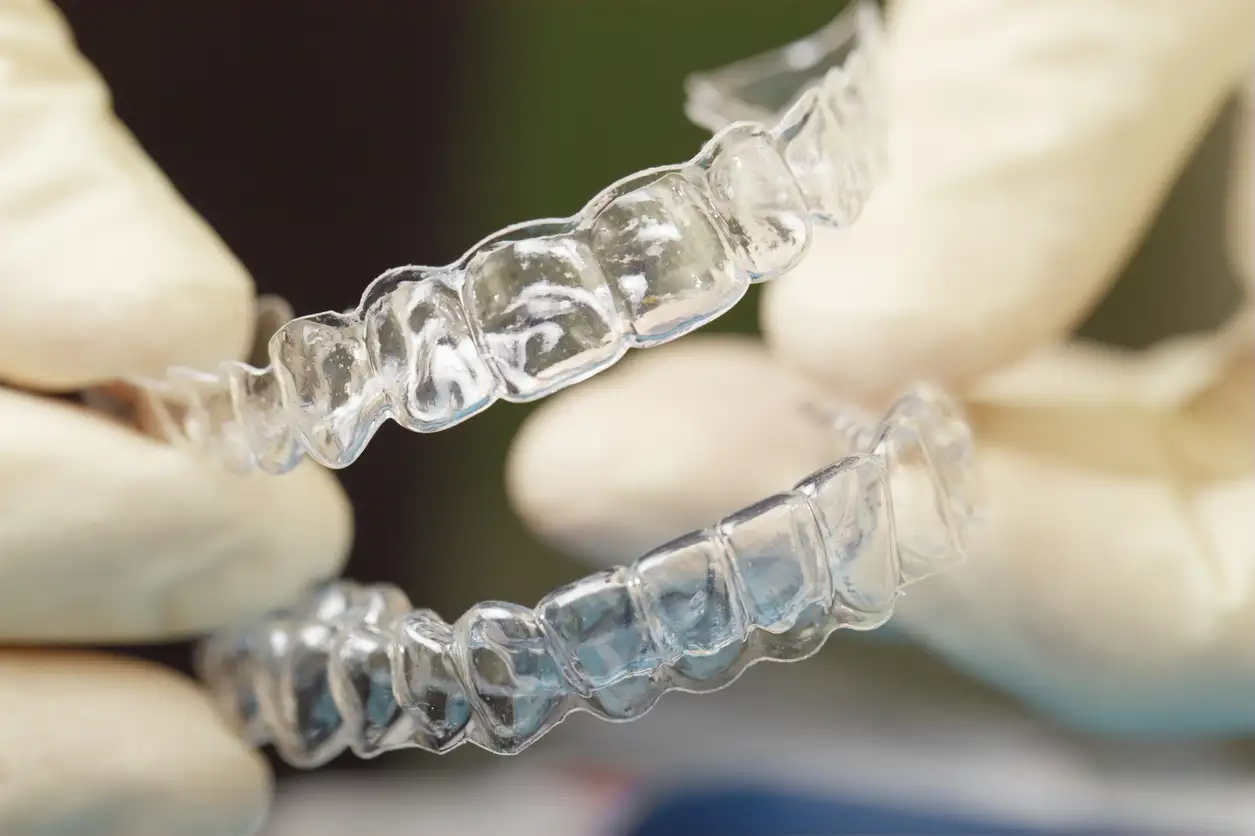Understanding Invisible Teeth Aligners: A Modern Approach to Orthodontic Treatment
Invisible teeth aligners represent a revolutionary advancement in orthodontic treatment, offering patients an aesthetic alternative to traditional metal braces. These clear, removable devices gradually shift teeth into proper alignment while remaining virtually undetectable during everyday interactions. As dental technology continues to evolve, invisible aligners have gained popularity among adults and teenagers seeking orthodontic correction without the visual impact of conventional braces. This comprehensive guide explores how invisible aligners work, their benefits and limitations, and what to expect during treatment.

What Are Invisible Aligners and How Do They Work?
Invisible aligners (sometimes called invisible braces) are custom-made, clear plastic trays that fit snugly over the teeth. Unlike traditional braces that use brackets and wires, invisible aligners use consistent, gentle pressure to gradually move teeth into their desired positions. The treatment typically involves a series of aligners, each slightly adjusted from the previous one to progressively shift teeth according to a treatment plan developed by an orthodontist or dentist. Patients usually change to a new set every one to two weeks, with each new aligner bringing teeth closer to their final position.
The process begins with a detailed 3D scan or impression of the patient’s teeth, which serves as the foundation for creating a customized treatment plan. Advanced computer software then maps out the precise movement of each tooth throughout the entire treatment journey, allowing dental professionals to create a series of aligners that will gradually achieve the desired alignment.
Benefits of Invisible Dental Aligners Compared to Traditional Braces
Invisible dental aligners offer several distinct advantages over traditional braces. Their most obvious benefit is aesthetics – the clear plastic material makes them nearly unnoticeable, allowing patients to maintain confidence in their appearance throughout treatment. This feature makes them particularly appealing to adults in professional settings and teenagers concerned about their appearance.
Additionally, invisible aligners are removable, enabling patients to eat whatever they choose without food restrictions that typically accompany metal braces. This removability also facilitates normal brushing and flossing, potentially leading to better oral hygiene during treatment compared to traditional braces, which can trap food particles and make cleaning difficult.
The smooth plastic construction of invisible aligners eliminates the risk of cuts or irritation from protruding wires and brackets. Many patients report less discomfort with invisible aligners compared to conventional braces, though some pressure sensation is normal as teeth shift position.
What Can Invisible Teeth Braces Correct?
While extremely versatile, invisible teeth braces are not suitable for every orthodontic situation. They excel at treating mild to moderate alignment issues, including:
-
Crowded teeth
-
Gaps between teeth
-
Minor bite issues
-
Crooked teeth
-
Some cases of overbite or underbite
However, severe orthodontic problems such as significant jaw misalignment, severe rotations, or large gaps may require traditional braces or other specialized treatments. During an initial consultation, an orthodontist will evaluate whether invisible aligners are appropriate for a patient’s specific situation or if alternative treatments would be more effective.
Recent technological advancements have expanded the range of cases treatable with invisible aligners. Some systems now incorporate small tooth-colored attachments that provide additional leverage for more complex movements, broadening the scope of conditions that can be addressed with this technology.
The Invisible Braces Video Consultation and Treatment Process
Most invisible aligner treatments begin with a comprehensive consultation that often includes video technology. During this initial appointment, dental professionals use advanced scanning technology to create a detailed 3D model of the patient’s teeth. Many providers now offer virtual consultations where patients can see a digital simulation of their treatment journey – essentially an invisible braces video showing how teeth will move over time.
After the consultation and scanning process, the orthodontist develops a customized treatment plan. The patient then receives their first set of aligners along with instructions for wear (typically 20-22 hours daily), cleaning, and when to change to the next set. Regular check-ups, either in-person or via telehealth appointments, allow the dental professional to monitor progress and make adjustments if necessary.
The total treatment duration varies based on the complexity of the case, typically ranging from 6 months to 2 years. Following active treatment, most patients need to wear retainers to maintain their new alignment – initially full-time, then eventually only at night.
Cost Considerations and Provider Options for Invisible Aligners
The cost of invisible aligner treatment varies considerably based on case complexity, treatment duration, and provider. Generally, treatment ranges from £1,500 to £5,500, with most full treatments averaging around £3,000 to £4,000 in the UK.
| Provider | Average Full Treatment Cost | Treatment Approach | Notable Features |
|---|---|---|---|
| Invisalign | £2,500 - £5,500 | In-office dental supervision | Pioneer in the industry; handles complex cases |
| SmileDirectClub | £1,539 - £2,000 | Primarily remote monitoring | Convenience-focused; fewer in-person visits |
| ClearCorrect | £2,000 - £4,500 | In-office dental supervision | Phased treatment options available |
| Diamond Whites | £1,300 - £2,800 | Hybrid approach | UK-based with physical locations |
| Your Smile Direct | £1,300 - £1,700 | Primarily remote monitoring | Budget-friendly option with home impressions |
Prices, rates, or cost estimates mentioned in this article are based on the latest available information but may change over time. Independent research is advised before making financial decisions.
Many dental insurance plans now offer partial coverage for invisible aligner treatment, particularly when orthodontic treatment is deemed medically necessary rather than purely cosmetic. Some providers also offer payment plans to make treatment more accessible. Additionally, some patients choose at-home aligner services that typically cost less but involve less direct professional supervision, which may affect treatment outcomes for more complex cases.
Caring for Invisible Aligners and Maintaining Results
Proper care of invisible aligners is essential for effective treatment and oral health. Patients should clean their aligners daily using lukewarm water and gentle soap or specialized cleaning crystals. Hot water should be avoided as it can warp the plastic material. When not wearing aligners, they should be stored in their protective case to prevent damage or loss.
Oral hygiene becomes even more important during treatment. Patients should brush and floss after every meal before reinserting their aligners to prevent food particles and bacteria from becoming trapped against teeth. Routine dental checkups remain important throughout treatment to monitor overall oral health.
After completing treatment, most patients require retainers to maintain their new alignment. Initially, retainers may need to be worn full-time except when eating, gradually transitioning to nighttime-only wear. Without proper retainer use, teeth can gradually shift back toward their original positions, potentially compromising treatment results.
This article is for informational purposes only and should not be considered medical advice. Please consult a qualified healthcare professional for personalized guidance and treatment.




